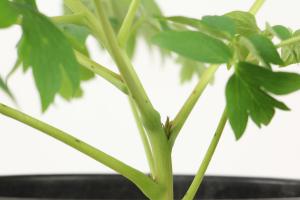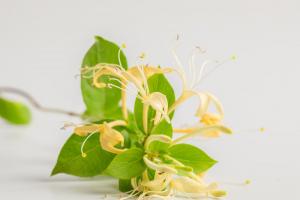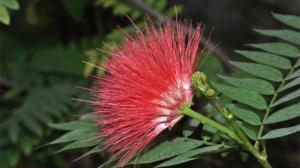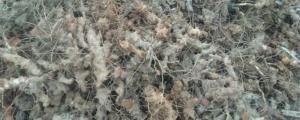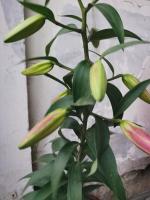Where to Plant Yoshino Cherry Tree
The Yoshino Cherry Tree is a sight to behold, with its delicate pink flowers covering the branches in early spring. Native to Japan and often used in Japanese gardens and parks, this tree has become a popular choice for gardeners and landscapers around the world. If you are considering adding a Yoshino Cherry Tree to your garden, it is important to choose the right location to ensure its growth and beauty. Here are some factors to consider when deciding where to plant your cherry tree:
Climate and Hardiness Zone
The Yoshino Cherry Tree is hardy in zones 5-8 and prefers a cooler climate with mild summers. It can thrive in full sun or partial shade, but it is important to avoid areas that are too windy or too exposed to intense sun or drought. If you live in a region with harsh winters or extreme heat, you may need to take extra measures to protect your cherry tree during the dormant season or summer months.
Soil Type and Drainage
Yoshino Cherry Trees prefer a well-draining soil that is slightly acidic with a pH between 5.5 and 6.5. A loamy soil with good water-holding capacity is ideal, but sandy soils with good drainage can also work well. Avoid areas with heavy clay or compacted soils, as these can impede root growth and lead to poor tree health. If your soil isn't ideal, you may need to amend it with organic matter or other soil conditioners to create a more hospitable environment for your cherry tree.
Space and Sunlight
The Yoshino Cherry Tree can grow up to 40 feet tall and wide, so it is important to choose a location with enough space for the tree to grow to its full size. It is also important to ensure that the tree has enough sunlight to thrive. Avoid planting the tree in areas that are shaded by other trees or buildings, as this can inhibit growth and flowering. However, if you live in a region with intense sunlight or heat, you may need to provide some protection or shade for the tree during the hottest part of the day.
Proximity to Structures and Utilities
When choosing a location for your Yoshino Cherry Tree, consider its proximity to other structures, such as buildings, fences, and power lines. The tree's large size and spreading branches can cause damage to nearby structures or interfere with overhead power lines. Additionally, tree roots can damage underground utilities, such as water and sewer lines. It is important to choose a location that leaves room for the tree to grow without causing any issues to nearby structures or utilities.
Conclusion
Planting a Yoshino Cherry Tree can add beauty and elegance to any garden or landscape. However, it is important to choose the right location for your tree to ensure its growth and health. By considering factors such as climate, soil type, sunlight, and proximity to structures, you can create the perfect environment for your cherry tree to thrive and flourish.

 how many times do yo...
how many times do yo... how many planted tre...
how many planted tre... how many pine trees ...
how many pine trees ... how many pecan trees...
how many pecan trees... how many plants comp...
how many plants comp... how many plants can ...
how many plants can ... how many plants and ...
how many plants and ... how many pepper plan...
how many pepper plan...